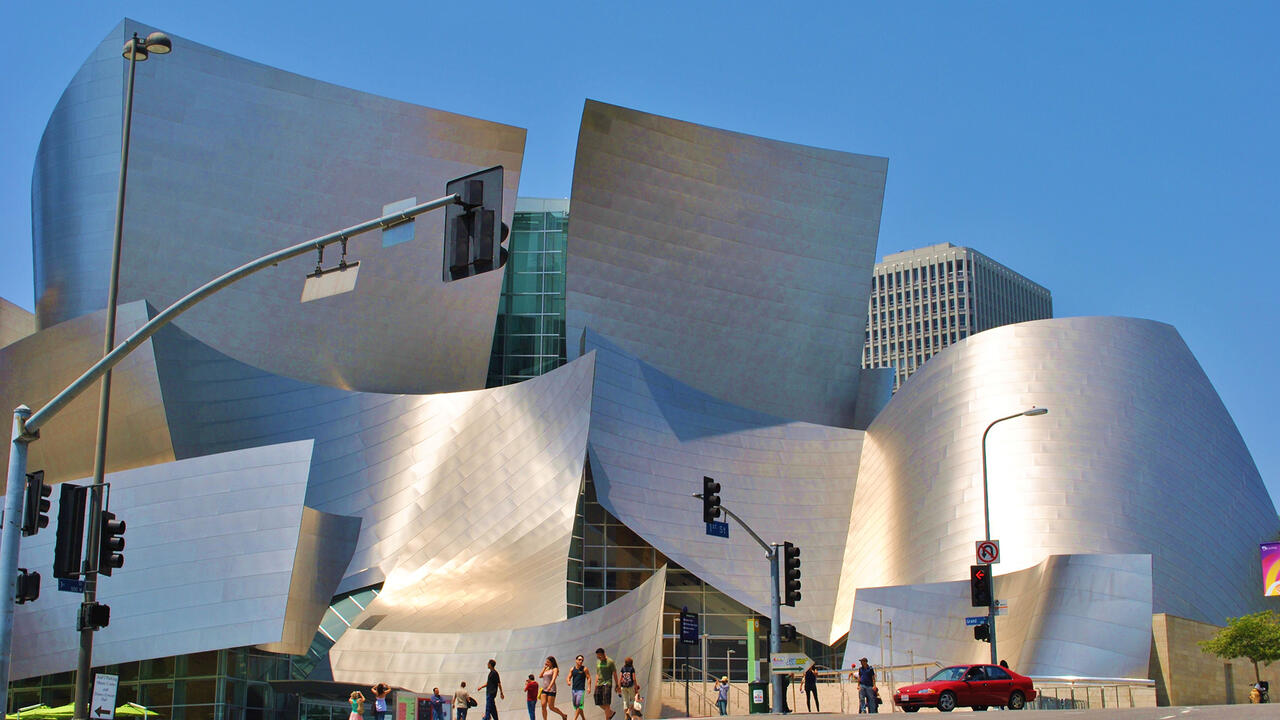For Rent
The design legacy of the recently closed Restaurant Florent in Manhattan
The design legacy of the recently closed Restaurant Florent in Manhattan

Heaven has just closed. This was not some deistic version of heaven, and, God forbid, its proprietor would hardly have seen it as that. I’m talking about the restaurant Florent, which – for more than two decades – was a sort of revolving circus of drag queens and trannies (pre- and post-op), hipsters and politicians, artists and musicians. Even movie stars and average Joes congregated there.
My first visit was on my first day in New York – in fact my first night. I had been clubbing with a girl I’d just met, my new best friend, who guided me there through a maze of cobblestone streets, past idling diesel trucks and sides of raw beef to Gansevoort Street. The lower-case font of the pink neon sign read ‘florent’; the lettering above the door announced ‘R & L’. Inside: a long Formica lunch counter, tables pushed tightly together, filled with club kids, artists and more fun than one should have eating breakfast at 4.45 am.

I had moved to New York with a dream of writing a history of the 1980s art scene – East Village meets Soho; the whole stew of clubs and bands and film-makers; Richard Kern and Richard Prince; Robert Longo and Ida Applebroog; her daughter Beth B and Lydia Lunch. It was 1986 and I was 18, and Florent – although it was west – was heaven. The menu board over the cash register had forecasts – both political and meteorological – while the matches had images from the Yellow Pages stuck to them, sharing a common currency with the ransom-note graphics used on the band fliers I loved.

The restaurant had been founded the year before by Florent Morellet, the youngest son of French artist François Morellet (Florent Jr got his start after a rather scandalous opening party for his father at the Brooklyn Museum in 1985). Tibor Kalman, the idealistic and campaigning graphics guru, was in charge of Florent’s graphics. His firm, M&Co, is now nearly as famous for its alumni as its work; graduates include film director Mike Mills, artist Marlene McCarthy, as well as another bold iconoclast: Stefan Sagmeister. Florent was one of M&Co’s first clients and, according Scott Stowell (now head of renowned design studio Open), Kalman did the work for free, a handshake-deal meaning that the restaurant delivered catered lunch to the designers four days a week. Morellet never really wanted to advertise, so instead turned the ads into billboards for his left-leaning politics. ‘The work was great,’ Stowell – who is a former employee of M&Co – explains, ‘none of the typical concerns, like ‘is the name big enough?’ The standard was: if it were goofy, vernacular, vaguely political and homoerotic, it would work.’ In 1992, Stowell designed one of Florent’s most famous missives featuring Bush Sr.’s then-Vice President Dan Quayle. As Stowell explains, ‘Quayle was at a kids’ event at a school, and it was a spelling lesson. One of the children spelled ‘potato’ and Quayle said, ‘Son, I think you forgot something, something on the end, an ‘e’, a silent ‘e’.’’ For the ad Stowell took the headline from the New York Times, Xeroxed it over Quayle’s official portrait, and added a single line of copy: ‘Voter registration forms are available at Florent’.

When Kalman left for Italy to launch Colors magazine in 1993, Doug Riccardi – another M&Co alumnus – took over at Florent. The work quickly became less political: as Riccardi puts it, instead of, ‘bitchy queens yelling at each other, we turned to more funny things than just screaming.’
Morellet focused his advertising on what he termed the ‘high holy days’: Halloween, New Year’s and Bastille Day. Yet there were still menu boards like those shown in the restaurant’s 20th anniversary White Columns show: ‘you know you’re gay if…’ (The list includes ‘reading Wallpaper* and ‘wearing a collar clerical or not.’) Other boards advertised anti-war marches organized by the restaurant (which included continental breakfast/bus fare to DC and lunch: ‘RSVP maintenant’).
With rents in the Meatpacking District skyrocketing, Florent came to an end with a typographic joke: Riccardi dropped the ‘l’. Florent was now ‘For Rent’. The subtle quip fits the restaurant’s signature off-the-grid design. Florent’s contents and posters were auctioned on eBay, netting nearly US$38,000 according to Riccardi, all of which went to the staff. Now there are rumors that Morellet might run the Whitney’s new restaurant, and he has been in talks with Jet Blue to do the catering for their new JFK terminal, but it won’t be the same. Can you imagine some idealistic teenager making a pilgrimage to an airline terminal at nearly 5.00 am? And, of course, now, nearly a quarter century on such vernacular graphics are common enough to be banal. As Riccardi says, many of those fancy restaurants opening around the Meatpacking District come to him for Florent-style graphics. Goodbye Heaven.











